Have you ever heard the sensational claim that there are oceans of water within the Earth’s mantle deep beneath our feet? Such descriptions evoke images of lost worlds with beaches and Mediterranean climate like in Journey to the Center of the Earth. Naturally, some people wonder if these “oceans” are the source of water for the Genesis Flood. But what are these “oceans”? What evidence do we have for water in the mantle? And what role could it play in the Genesis Flood?
The views expressed in this article reflect those of the author mentioned, and not necessarily those of New Creation.
Ringwoodite: Where Sky and Earth Meet
Water exists on our Earth in many forms. At the surface, we see it as a liquid in lakes and rivers or occasionally as a solid (ice). In the atmosphere, we have water as a gas that mixes with other gases like O2 and N2. However, we can also find water stored within crystals. One example of this is ringwoodite, a mineral with a deep blue hue. Before we even discovered this mineral in a meteorite in 1969, Australian scientist Ted Ringwood artificially grew it in a lab. He predicted that the mineral must occur in the mantle.
In many ways, ringwoodite is essentially olivine that has taken a different structural shape and form. However, olivine is only “happy” with its shape under certain pressures and temperatures. If the pressure increases enough, the atoms in olivine reorganize into a more compact shape, in this case creating ringwoodite. Even though ringwoodite is more tightly packed than olivine, it soaks up hydroxide ions like a sponge. Since hydroxide is an oxygen and hydrogen atom combined, all one needs to do is find one more hydrogen atom and—presto!—you have water. If the ringwoodite mineral ever melted, the hydroxide ions would release to form water.
Now what does this have to do with “oceans of water” in the mantle? At first, ringwoodite was only known to be found in meteorites.1,2 However, secular geologists have long believed that meteorites were made of the same basic material that comprises our mantle. Finding ringwoodite in meteorites seemed like a pretty good hint that there was ringwoodite in the mantle. For many years, we found no sample of ringwoodite from our mantle, but that didn’t stop geophysicists from speculating.
Peeling back the layers
Finding tiny crystals within our Earth can be like finding a needle in a haystack—it doesn’t happen often, and it can be extremely hard to get your hands on them. Because of that, much of what we know about Earth’s interior is from indirect methods like studying seismic waves.
Essentially, earthquakes release pent-up energy, which ripples out in the form of waves. Not all waves are alike though – the most basic are Primary (P) waves and Secondary (S) waves. Primary waves can travel through solids and liquids, but Secondary waves can only travel through solids. Think about it this way: when you dive below the water’s surface in a pool, it is far more difficult to hear what people are saying on the patio because sound does not easily transfer from air to liquid. In much the same way, Secondary waves cannot travel far through liquids before dissipating.
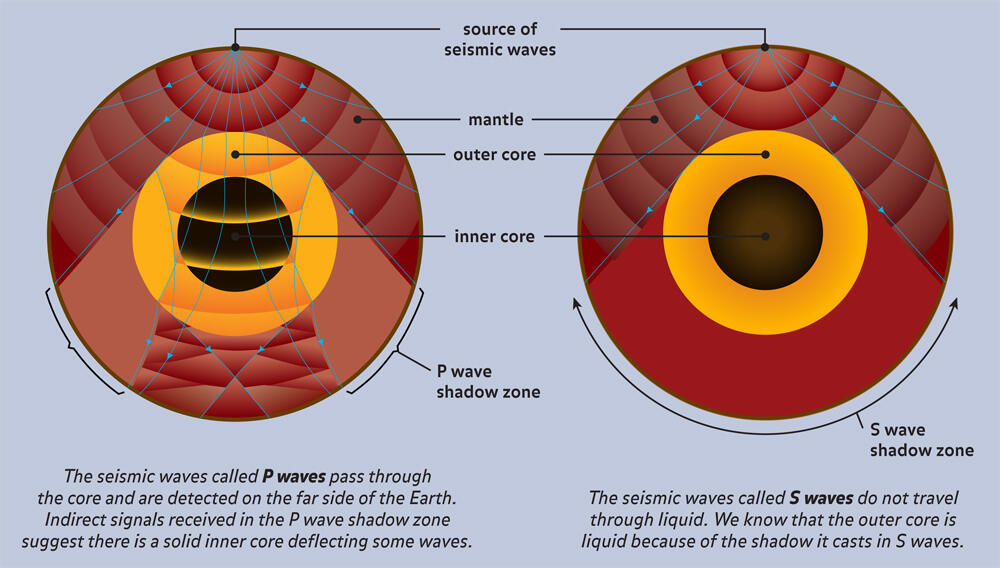
It was by using these seismic waves that geophysicists discovered the major divisions of Earth’s interior. Using monitors across Earth’s surface, we could pick up the seismic waves generated by an earthquake on one side of Earth and see how they travelled everywhere else (figure 1). What geophysicists found is that Primary waves seem to be able to pass through almost the entirety of Earth’s interior. At some points those waves would slightly redirect so that, rather than travelling in a straight line, the waves seemed to bounce off surfaces like a beam of light bouncing off a mirror. If the waves hit the barrier at a low angle or parallel to the barrier, they would bounce off. However, if they approached head on they could travel through these barriers and reach the other side.
This is not, however, the case with Secondary waves—instead, something seemed to block the waves from getting to the other side. If you stood at the opposite side of Earth from an earthquake, you would be in a “shadow zone” where no secondary waves could reach. From this, geophysicists surmised there must be a liquid outer core stopping the secondary waves from reaching the opposite side. Based on where you could detect Primary and Secondary waves, what angle they approached, their speed, and other factors, scientists could piece together the various layers of our Earth like one might do when peeling an onion (figure 1).
By combining earthquake waves with other forms of data, scientists could map out the general chemistry of Earth’s interior since only certain kinds of minerals in specific shapes and chemistry could explain the required temperatures and forms detected. In this way, some scientists speculated that sections of the Lower Mantle could comprise of ringwoodite. However, how much ringwoodite, if any at all, we could only guess at for many years.
Diamond in the ruff?
In 2012, a research team revealed a shocking discovery.3 A very small sliver of ringwoodite had been found, and it likely came from deep in the mantle. At just 40 microns long, it was only half the width of a human hair, but scientists quickly got to work teasing apart its story.
The sliver of ringwoodite was found in a diamond from Brazil. Diamonds require high pressures to pack carbon into the magnificent crystalline structure we appreciate. If it weren’t for that pressure, the carbon would break down into graphite. Because diamonds are found in a unique kind of volcano, called a kimberlite stock, scientists believe diamonds formed deep below the surface and must have been brought up close to the surface relatively rapidly before the diamonds could break down into graphite. This diamond seemed to come from a depth of 330 km—exactly the place geologists had speculated ringwoodite would reside. Somehow, this sliver of ringwoodite had risen up hundreds of kilometers in a diamond time capsule—quite a journey, really.
Not only did this discovery demonstrate that there was indeed ringwoodite in the mantle, but scientists could finally measure how much water it held. They found that the sliver of ringwoodite was essentially 1.5% water by weight. It is estimated that the most water-saturated crystals in the mantle are probably only 3% water by weight. Years later, a second discovery of ringwoodite in diamond found a far more dry specimen at only 0.5% water by weight.
Now, 0.5 to 3% water by weight doesn’t seem like a whole lot until you consider how much ringwoodite there is. The mass of the entire mantle is about 67% of Earth’s total mass. In comparison, the oceans are only a miniscule 0.02% of that total mass. This means that even if only a small portion of the mantle was ringwoodite, there could still be more water in the mantle than in all the oceans combined. Knowing how much ringwoodite exists in our mantle is a tricky business. Consequently, the estimates for how much water there is varies widely. Even so, many speculate that there is about as much water as in all Earth’s oceans combined.4,5,6
Could Ringwoodite be the source of the Floodwaters?
In the mainstream literature, scientists will likely long debate the full implications of what so much water in the mantle means for Earth history. It ties into deeply entrenched beliefs on how Earth evolved and became the water world it is today. In the midst of this debate, however, some enthusiastic lay creationists have entered the fray with their own take. In many circles, the source of the Floodwaters is still considered a point of mystery. An ocean’s worth of water lurking within our Earth seems like the perfect solution. Consequently, some believe that ringwoodite released vast amounts of water that spilled onto Earth’s surface as the Floodwaters.
This raises the question: if this water locked up in the mantle was the source of the Floodwaters, how would it be released to the surface? All examples of ringwoodite we have are from when magmas (resulting from volcanic eruptions) brought them to the surface. Of course, these are the rare cases where ringwoodite survives its journey to the surface. What is far more likely to happen is that ringwoodite, when it begins to come up to the surface, will transform back into olivine where water is no longer welcome. This water then releases into the surrounding rocks.
When water mixes with these rocks, however, it lowers their melting temperature, which causes partial melting. We can compare this to overheating a chocolate chip cookie. As the cookie warms, the chocolate begins to ooze out. When magma warms surrounding rock, water oozes out forming melt. You only need 1-3% water by weight to cause quite a bit of partial melting. The result is magma that is ready to make its journey to the surface. You see this throughout places like Hawaii, where many geologists believe that the eruptions are ultimately due to the release of water deep in the mantle.
Its entire journey to the surface is beyond the focus of this article, but it does illustrate the point. The water will make it to the surface, but with it will come far more molten rock than water. For every bucket of water you could collect, you would be stuck with over 90 buckets of molten rock. This would have been a volcanic disaster. Of course, many creation scientists believe that volcanoes were a significant part of the Flood. Yet, one must ask if there was enough volcanism to explain all the water we have on Earth’s surface. Of course, Catastrophic Plate Tectonics already has a problem with too much volcanism potentially superheating and boiling off the oceans (something known as “the heat problem”7). So, invoking that much additional volcanism just to add water via steam from volcanic eruptions just seems to make the problem worse.
All that aside, that is not to say this water from the mantle didn’t play some role in the Flood. In Plate Tectonics (and even more so in Catastrophic Plate Tectonics), water comprises a central role in the life cycle of Earth’s surface. Water drawn down from the oceans via subduction causes partial melting of mantle wedges, driving ascension of magma that results in volcanism. Dewatering of deeply subducted slabs may even fuel hotspots like at Hawaii, as described above.
Conclusion
So what role did ringwoodite play in the Flood? Given how little we know about the mantle and how uncertain our estimates are, it is difficult to say with certainty how much ringwoodite there truly is. Whatever amount exists likely dwarfs most anything we have at the surface.
Water released from ringwoodite would be instrumental in driving volcanism during the Flood by causing partial melt of the mantle. However, the main contribution would be volcanic products like volcanic ash and lava, with water a far smaller contribution. Rather than being an inundation of water, it would be an outpouring of volcanism across the globe. This does fit with what we would expect in the Genesis Flood. However, some water would even be brought back into the mantle during subduction as part of the plate tectonics cycle. Rather than representing a major source of the Floodwaters, ringwoodite is probably one of the many components driving the catastrophic volcanism active during the Genesis Flood.
Footnotes
- Binns, R.A., Davis, R.J., and Reed, S.J.B. (1969). “Ringwoodite, natural (Mg,Fe)2SiO4 Spinel group in the Tenham meteorite.” Nature. 221: 943–944.
↩︎ - Chen, M., El Goresy, A., and Gillet, P. (2004). “Ringwoodite lamellae in olivine: Clues to olivine–ringwoodite phase transition mechanisms in shocked meteorites and subducting slabs.” Proceedings of the National Academy of Science. doi:10.1073/pnas.0405048101. ↩︎
- Pearson, D.G., Brenker, F.E., Nestola, F., and others. (2014). “Hydrous mantle transition zone indicated by ringwoodite included within diamond.” Nature 507 (7491): 221–224. doi:10.1038/nature13080. ↩︎
- Oskin, B. (12 March 2014) “Rare Diamond confirms that Earth’s mantle holds an ocean’s worth of water”. Scientific American. https://www.scientificamerican.com/article/rare-diamond-confirms-that-earths-mantle-holds-an-oceans-worth-of-water/. ↩︎
- Coglan, A. (7 June 2017). “There’s as much water in Earth’s mantle as in all the oceans.” New Scientist, https://www.newscientist.com/article/2133963-theres-as-much-water-in-earths-mantle-as-in-all-the-oceans/. ↩︎
- Fei, H., Yamazaki, D., Sakurai, M., and others. (2017) A nearly water-saturated mantle transition zone inferred from mineral viscosity. Science Advances 3(6). doi:10.1126/sciadv.1603024. ↩︎
- Worraker, W.J., and Ward, R. (2018). “Modeling of Flood and Post-Flood Ocean Floor Cooling.” In Proceedings of the Eighth International Conference on Creationism, edited by J. H. Whitmore, 673–682. Pittsburgh, Pennsylvania: Creation Science Fellowship. doi: 10.15385/jpicc.2018.8.1.45. ↩︎

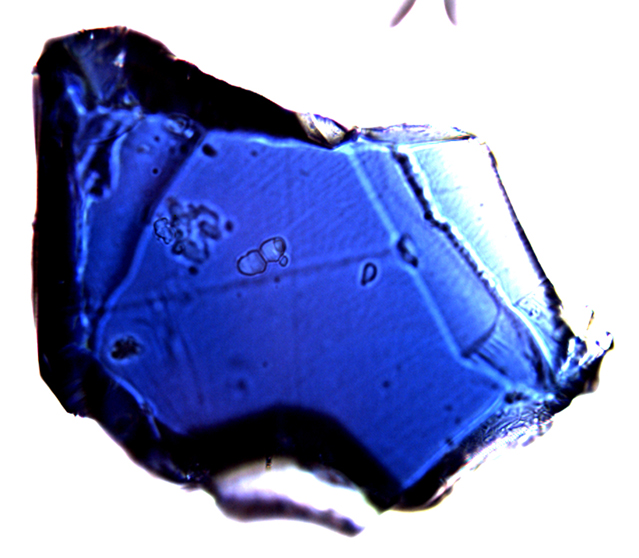
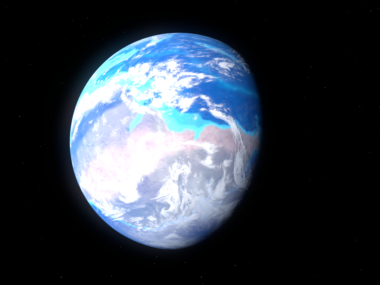
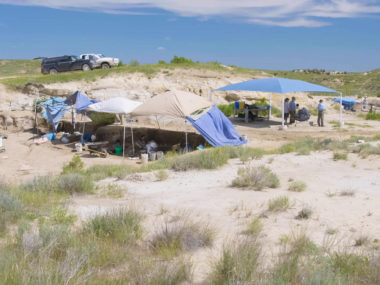

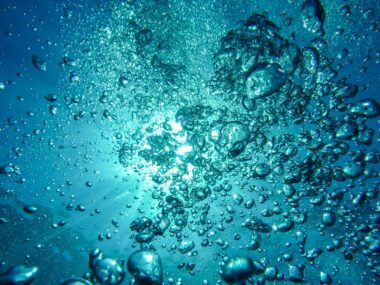
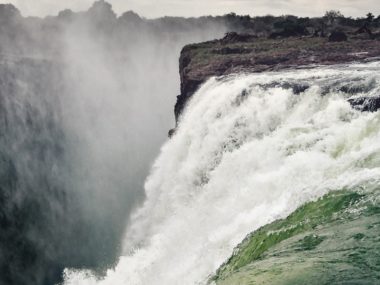
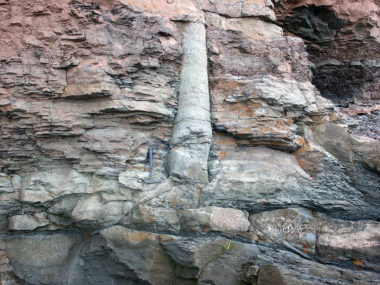




Three words to take away from the article:
“Catastrophic Plate Tectonics.”
Expansion tectonics.